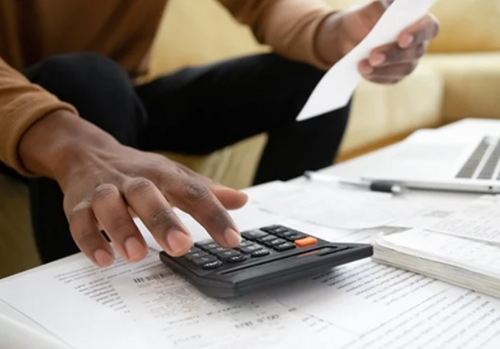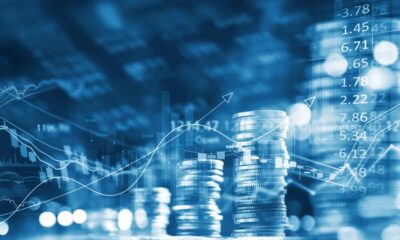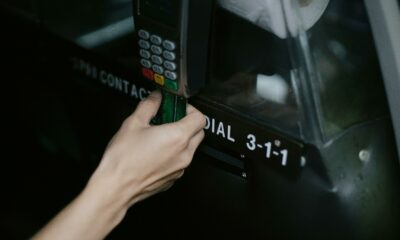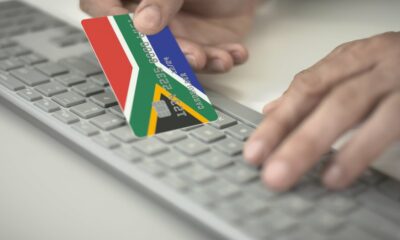z_Uncategorised
South Africans Turn to Personal Loans as Cost of Living Outpaces Income Growth

A growing number of South Africans are relying on personal loans to bridge the gap between their income and the rising cost of living, with vulnerable households hardest hit.
According to the latest Q1 2025 Debt Index from DebtBusters, a staggering 91% of consumers who applied for debt counselling in the first quarter of the year had a personal loan — the highest figure on record. Additionally, 37% had taken out a one-month or payday loan, often used as a last resort to make ends meet.
“It’s clear that while consumers may feel a little more positive, personal loans — especially one-month loans — remain a lifeline for many, because income has not kept pace with rising expenses,” said Benay Sager, executive head of DebtBusters.
Despite slight improvements in consumer confidence and the rollout of the two-pot retirement system offering some relief, debt repayments continue to swallow a significant chunk of take-home pay. The Debt Index shows that, on average, 69% of net income goes towards servicing debt — the highest ratio since 2017.
Those earning R5 000 or less spend 76% of their income on debt repayments, while higher earners taking home R35 000 or more use 77%. These figures represent the highest debt-to-income ratios since 2016.
Mounting Pressures from Inflation
The root of the crisis lies in years of compounding inflation. Since 2016:
-
Electricity prices have soared by 135%.
-
Fuel prices have increased by 88%.
-
Overall inflation has compounded to 52%.
As a result, today’s consumers have 53% less purchasing power than they did nine years ago. Although inflation has cooled recently, nominal incomes for many South Africans remain stagnant — even 1% lower than 2016 levels in some income brackets.
For higher earners, there’s been modest recovery: those earning R35 000 or more now see an 11% nominal income increase since 2016 — the first in years. Yet, these households also carry dangerously high levels of unsecured debt, up 90% from nine years ago.
Essential Costs Are Eating Into Disposable Income
After debt repayments, most households spend around 25% of their remaining income on essentials like transport, electricity, water, and rates. With food prices still high, many have had to cut back on insurance and financial protection products.
For lower-income consumers, who spend a larger share of their income on food, the effective inflation rate has been 2–4% higher than average over recent years.
Debt Counselling Offers a Lifeline — But Fewer Are Applying
While the data points to increasing debt burdens, Sager noted that debt counselling enquiries were “a bit muted” this year, possibly due to access to retirement funds and skepticism caused by negative marketing around the process.
Still, he emphasized that debt counselling remains one of the most effective tools available. Interest rates on unsecured debt — which now average 25.3% — can be negotiated down to just 2.5% under counselling. Vehicle loans, including balloon payments, can also be refinanced at more manageable rates.
Encouragingly, more people are completing the debt counselling process. The number of consumers receiving clearance certificates in Q1 2025 was 11 times higher than in 2016, with over R700 million repaid to creditors this quarter alone.
Digital tools are playing a growing role, with online debt management subscriptions to DebtBusters’ platforms — like Debt Radar and the Debt Sustainability Indicator — exceeding 1 million users.
The data paints a sobering picture: while some financial indicators are improving, income growth is failing to match the pace of living expenses, pushing more South Africans to rely on personal loans. As borrowing hits record levels, debt counselling and sustainable financial planning are more critical than ever.
{Source: George Herald}
Follow Joburg ETC on Facebook, Twitter , TikTok and Instagram
For more News in Johannesburg, visit joburgetc.com



























